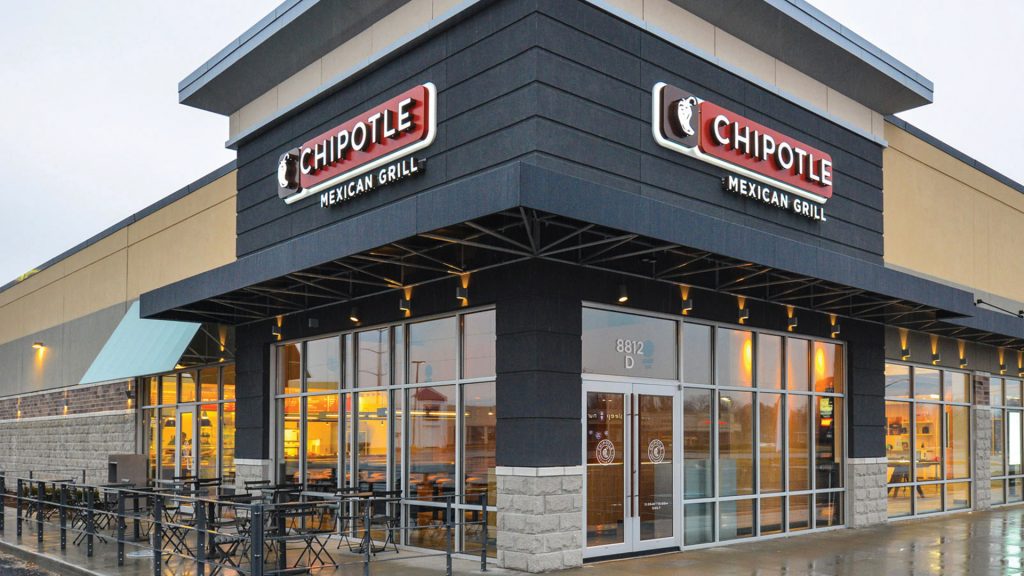Chipotle Now Building Environmentally-Friendly Restaurants In Major Push Toward Sustainability
Chipotle is strategizing to greatly decrease its carbon footprint by making its restaurants more sustainable through implementations such as using all-electric appliances and biodegradable cutlery.
This article is more than 2 years old

Recently, there was a new climate report published that emphasizes the need for immediate action. One of America’s favorite fast-food chains has heard the news and is making a pledge to become more environmentally friendly. Chipotle has set ambitious goals toward curbing its carbon footprint.
The restaurant industry has a significant impact on the environment. In fact, Emerging notes that the industry is notoriously responsible for up to 20 percent of all pollution. This is all accounting for the energy and resources required to produce and prep food to the waste generated by packaging and disposal.
However, there are steps that restaurants can take to minimize their carbon footprint and become more eco-friendly. One company that has taken a leading role in this effort is Chipotle. Chipotle has set ambitious sustainability goals and implemented a range of initiatives to reduce waste, and conserve energy, pledging to cut their carbon emissions in half by 2023.
According to CNBC, more than 100 Chipotle locations will use all-electric equipment, including an electric stovetop, next year. Chipotle also announced better lighting efficiency, compostable cutlery, and cactus leather seating! In addition, they will also have recycled rice husk artwork displayed at their stores and will utilize solar panels.
Using reusable and biodegradable materials for packaging and utensils can reduce the amount of waste generated. Also, encouraging staff and customers to adopt eco-friendly habits can help too. Chipotle already implements that according to its sustainability report.
In the company’s 2021 Sustainability Report, Chipotle utilized 100 percent compostable packaging and utensils and has reduced its waste of single-use plastics. Specifically, Chipotle burrito bowls, chip bags, napkins, and kid’s meal trays were made with 100 percent compostable natural fiber materials, the company asserts. These initiatives have not only reduced Chipotle’s environmental impact but have also contributed to a positive brand reputation.
Chipotle has always set ambitious sustainability goals. For example, a company report from 2018 outlines its plans to reduce food waste by 50% and sourcing 100% of its beef, pork, and chicken from farms that meet its animal welfare standards. To achieve these goals, Chipotle has implemented a range of initiatives, such as donating leftover food to local food banks and sourcing from local and organic farms.
Restaurants can also reduce food waste by implementing composting and donation programs. Chipotle noted that in 2021, all of their new locations participated in their “Harvest Program” which donates leftover food to local community organizations. This has undoubtedly helped propel Chipotle’s image into an eco-friendly one.
Chipotle understands that while the implementation of all of these new initiatives may not be perfect, there’s always room to grow. CNBC says that Chipotle will tweak the new restaurant designs as they see fit. It is likely that not all locations can feasibly comply with these changes, but the company will learn more as these changes roll out.
While it may not fit every brand’s model, restaurants can become more eco-friendly, all while remaining profitable, by following Chipotle’s example. By implementing new sustainable practices and using eco-friendly products, restaurants can reduce their impact on the environment. Chipotle hopes to lead the industry by example with its new pledge.



